Imagine being a junior or senior and being given the opportunity to do things most adults have never had an opportunity to do. Would you seize the opportunity?
The opportunity was unique: with the school bursting at the seams, AAI took the initiative to expand its footprint with the addition of nearly 3300 square feet (about 10% of the existing building), which was comprised of four new classrooms, a couple of offices, and some additional restrooms.
In keeping with its mission, however, this expansion project was different from how most other schools may have dealt with it. Instead of a group of administrators handling the process – from requirements and drawings to selecting and managing a general contractor – in typical AAI style, the administration was given an oversight role and the bulk of the effort was performed by a select group of eight junior and senior students.
It was all quite simple. AAI administration determined what was necessary for the school and turned the students loose to define specific requirements, work with the architect to incorporate requirements, and better understand some of the trade-offs in any design. The group then developed a request for proposals (RFP) and released it through the state procurement system.
In response to the RFP, a dozen construction companies expressed interest in the project and convened at the school for a pre-proposal meeting. To the surprise of the 20-plus attendees, the meeting was led by two students: Emily Lamoreaux, a senior, and Bryson Sanger, a junior. Emily and Bryson presented the project, discussed specific and unique requirements, and answered questions from seasoned professionals. As the meeting concluded, the response from the audience was uniformly positive and often included some form of “why don’t other schools do this” or “I wish something like this was available when I was in high school.”
A short time afterward, ten proposals were received. Students pored through them for details, including experience, project schedule and costs, and other evaluation factors. Within a week, a list of three finalists had been selected and called in for a review of their respective proposals and discussions about how they could meet AAI’s requirements. After revisions, a final general contractor was selected, work was scheduled, and applications for permits were submitted.
In parallel with the contract process, AAI students presented the project to local agencies to provide information and to gain approvals. Located in the Daybreak community of South Jordan, AAI works closely with community leaders to ensure a mutually beneficial and highly positive relationship. Senior Gabby Culley and junior Lily Claspell presented the expansion project to Daybreak leadership, who, after engaging the students as they did any prospective project representatives, readily and enthusiastically embraced the project and commended the entire student group for their efforts.
The Design Review Committee of South Jordan was next on the list for presentations and approvals. Cody Brewster, a senior, was joined by junior Quade Flanders in presenting AAI’s expansion project scope, timeline, and considerations of local impact during the construction period. The meeting room was full of South Jordan city leadership, including members of engineering and fire inspection groups. The meeting quickly became a great exchange of questions and answers and broad discussion about the project.
All of the meetings ended with commendations for the students and the results of their hard work.
In addition to the meetings and presentations, the student group was interviewed by the local press. Julie Slama of the South Jordan Journal, a community monthly newspaper with a focus on local events, interviewed the students and wrote about the project and the students’ involvement and impressions about being involved. That article was published in the March 2020 edition of the paper. (Ms. Slama followed-up the initial article with coverage of the groundbreaking in the April 2020 edition.)
On March 13, 2020, AAI held a groundbreaking ceremony. Invitations went out to local, state, and federal officials – from school board members, state representatives and federal agencies heads to celebrities and international leaders – and the meeting was well attended. Some officials, like Department of Education Director Betsy DeVos and Utah Senator Mike Lee, sent regrets for not being able to attend and strong words of support.
As with everything else associated with this project, the groundbreaking ceremony was organized and accomplished by members of the student group. Jackson Howard and Lily Claspell served as Masters of Ceremony. Devin Eide managed the logistics and photo ops of officials and students using gold shovels to perform the actual breaking of ground soon to be where the expansion would be constructed.
The timing of the groundbreaking ceremony turned out to be the last day of in-school attendance before the shutdown for Covid-19. What started out as a two-week gap in school attendance quickly extended into the balance of the school. The construction project, however, continued as planned.
Using Microsoft Teams and periodic visits to the site, the expansion student group kept abreast of the ongoing developments. They quickly saw in real-time the complexity of even a relatively small construction project and all of the preparations required before the foundation could be put in place. They monitored every step of the way: excavation, draining, foundation and floor concrete, framing, roofing, and all the finishing steps.
Over the planned five-month schedule, progress continued according to plan. At the forefront of everyone’s thinking was the overall goal to complete the structure and commission it before the start of the new school year in mid-August 2020.
With that goal in mind, weekly reviews were held via Teams and on-site meetings on the progress of the construction project throughout the lockdown period and after the formal end of the school year. During these sessions, issues that were encountered were discussed and options considered. Working with the on-site superintendent, decisions were made, actions taken, and the overall schedule was maintained.
The final inspection took place on the very date set forth in the initial project plan: August 10, 2020. About a week later, the USBE issued the Certificate of Occupancy, thus enabling the user of the building for the 2020-21 school year. The project was completed on time and on budget.
Seeing a ground-up construction project from inception to completion is something most people don’t have a chance to enjoy. That eight students were able to not only see the project but to be involved all along the way is remarkable by almost every conceivable measure.
The students left their imprint on the project and, as it turns out, on the school itself. Visitors entering through the northwest doors will see the initials of the student group members imprinted in the fresh concrete just to the left. Long after their graduation, the AAI expansion student group will be remembered for their important contributions to AAI.
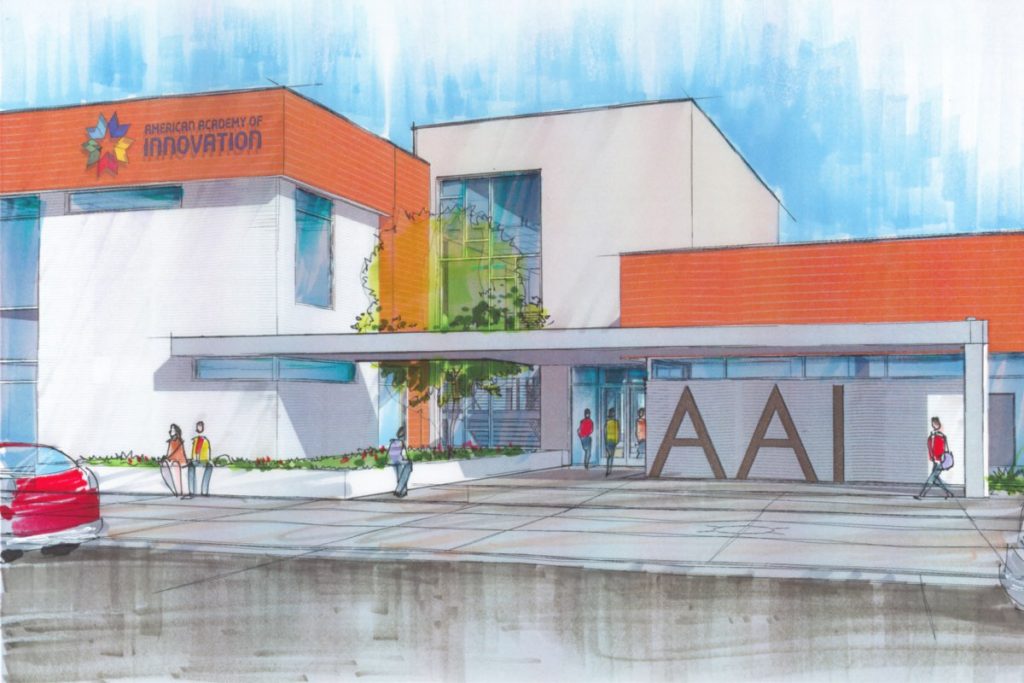

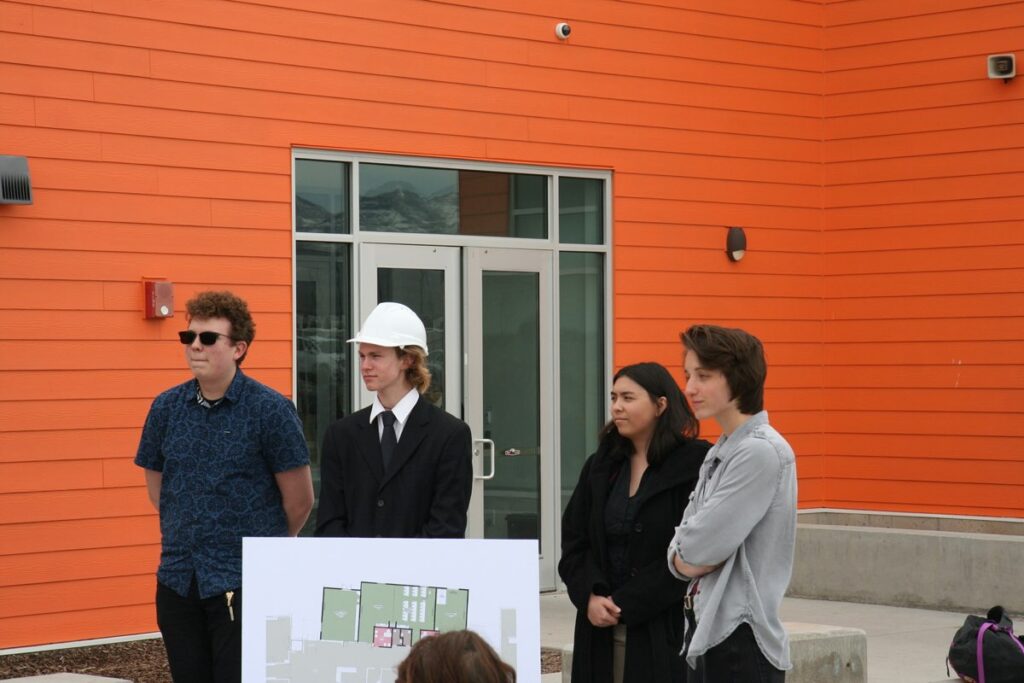
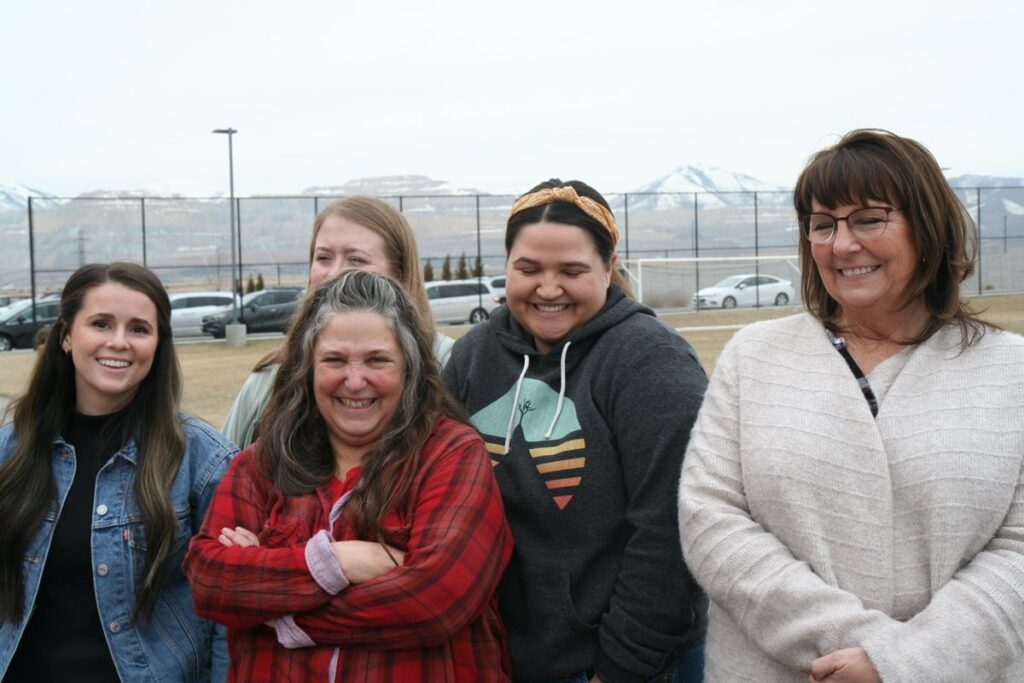
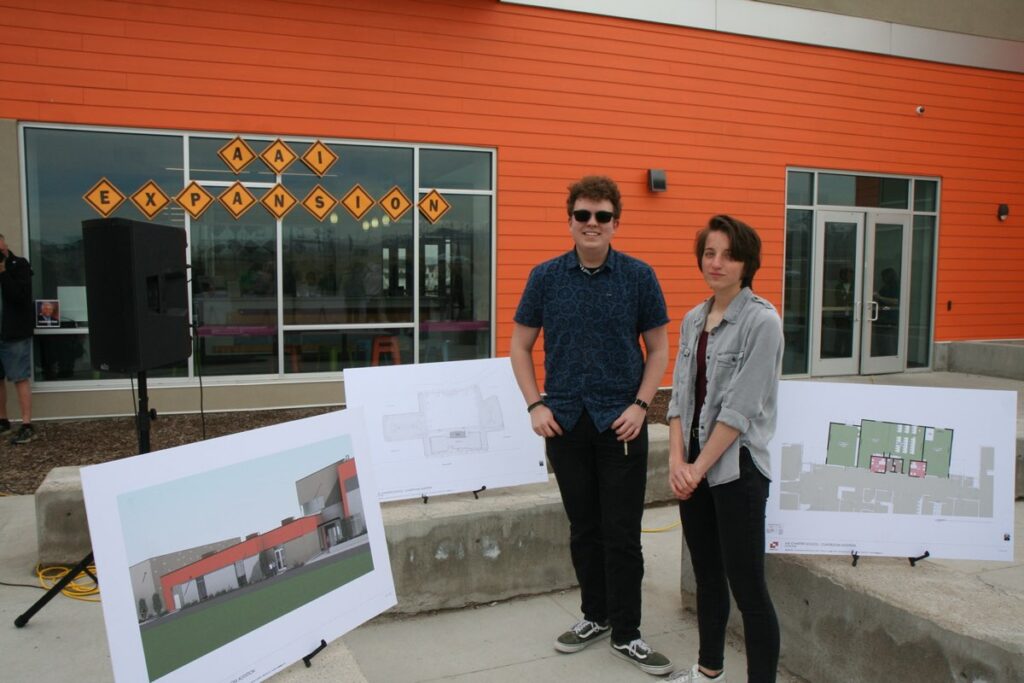
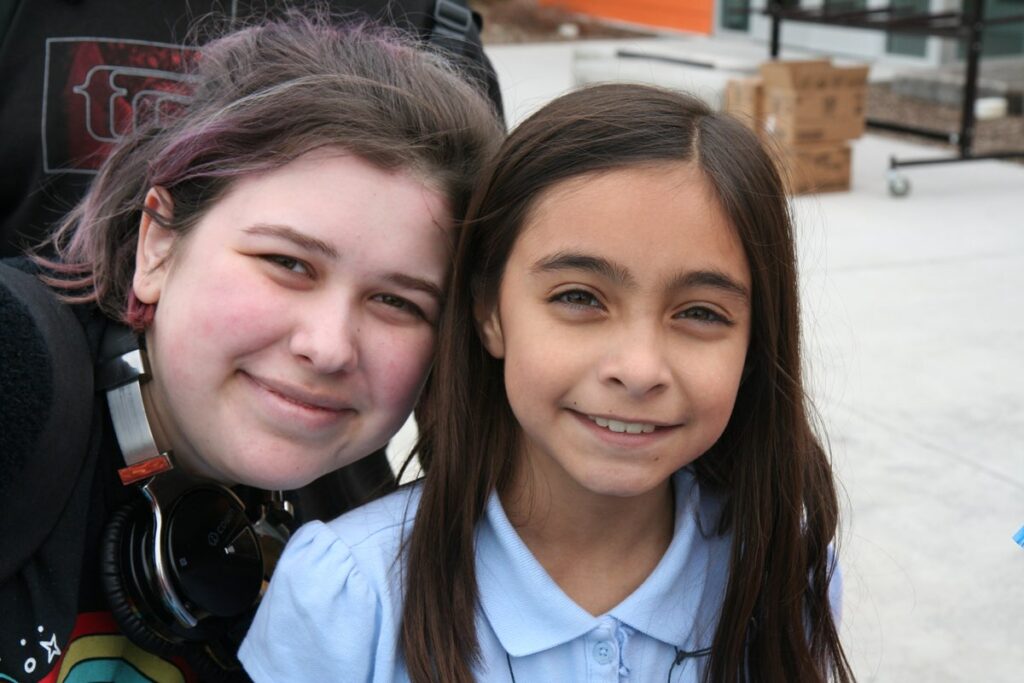
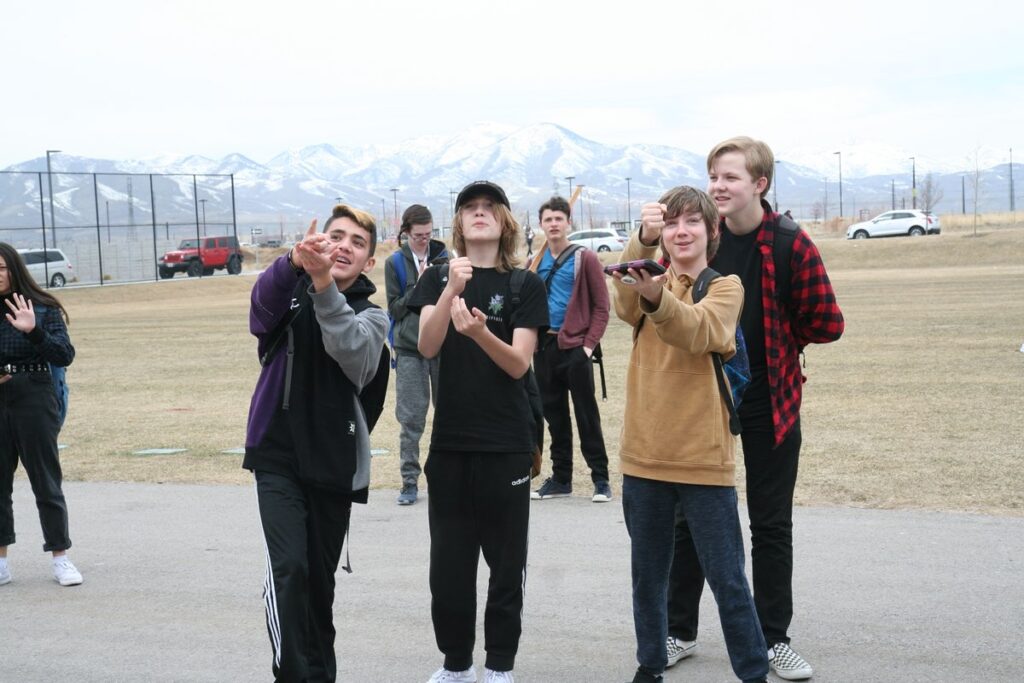
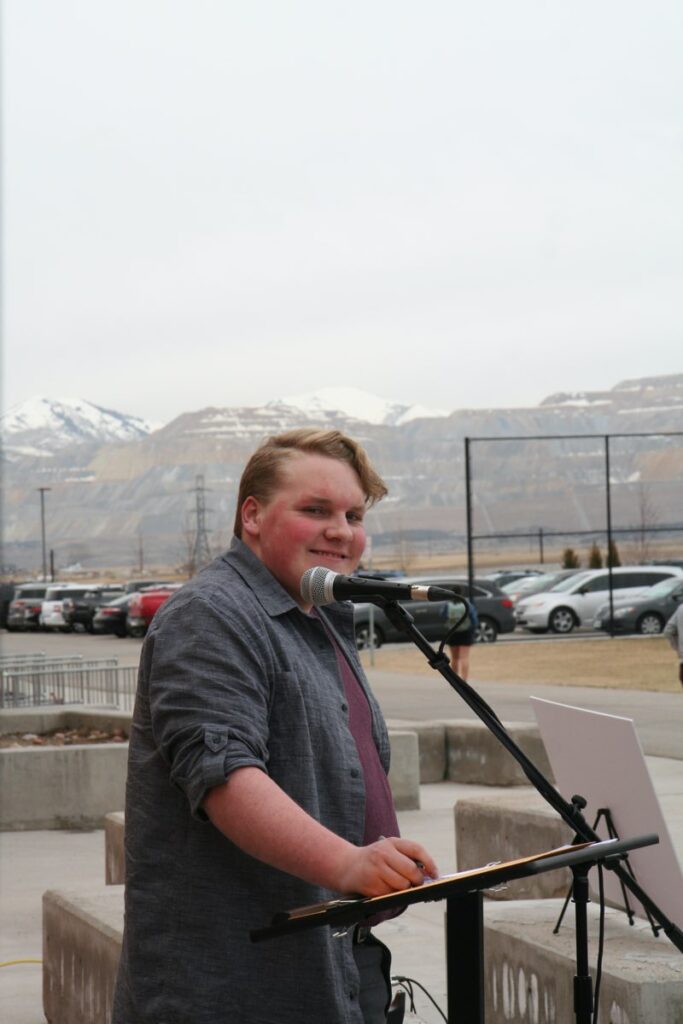
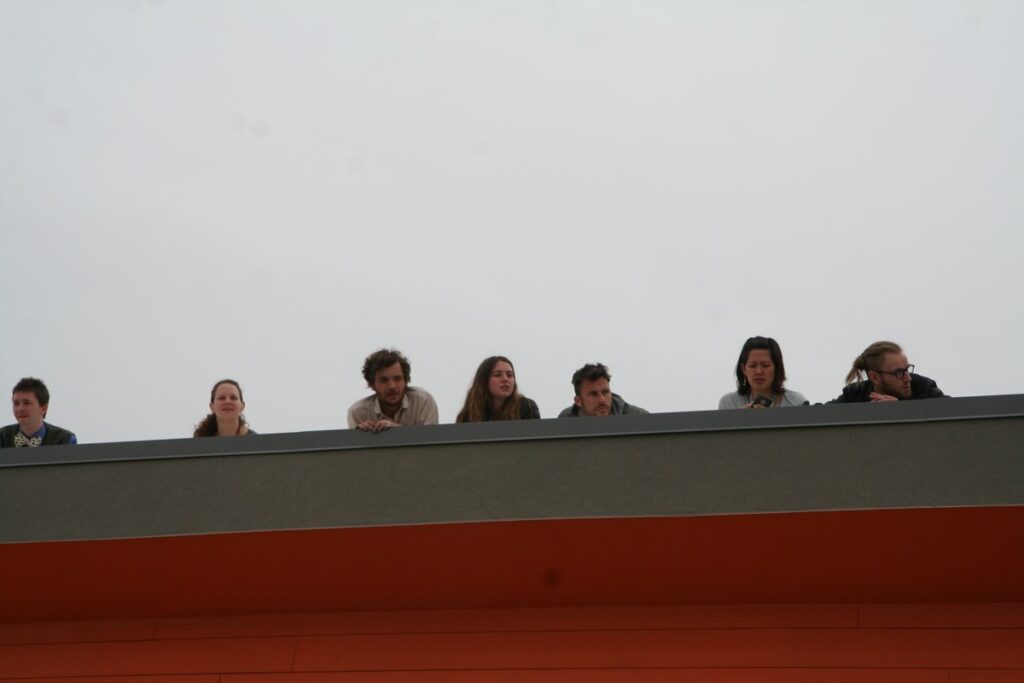

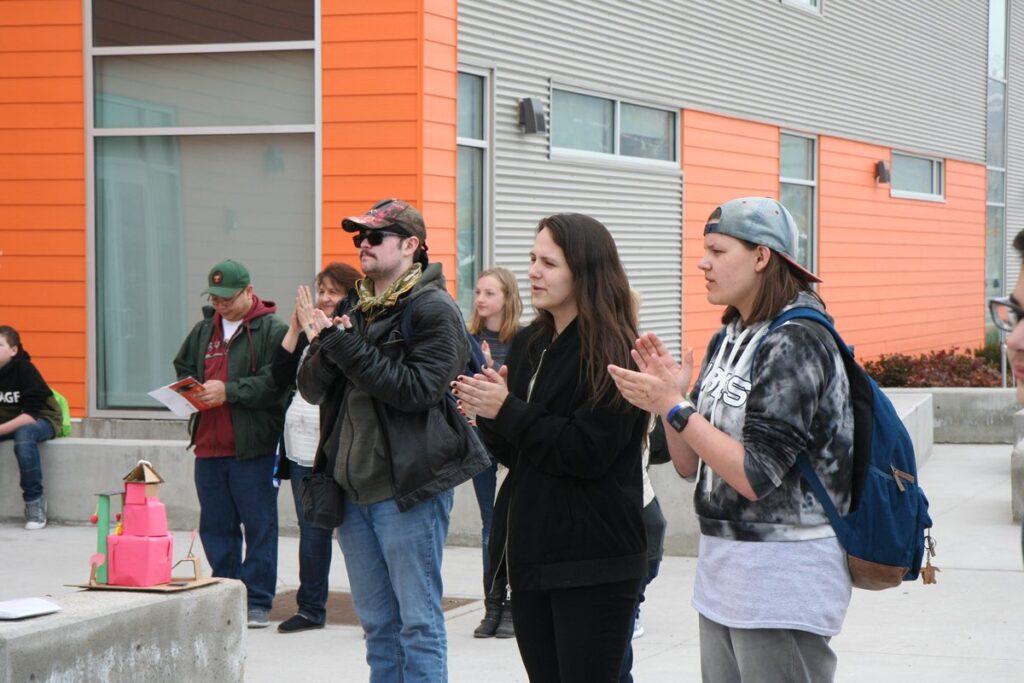



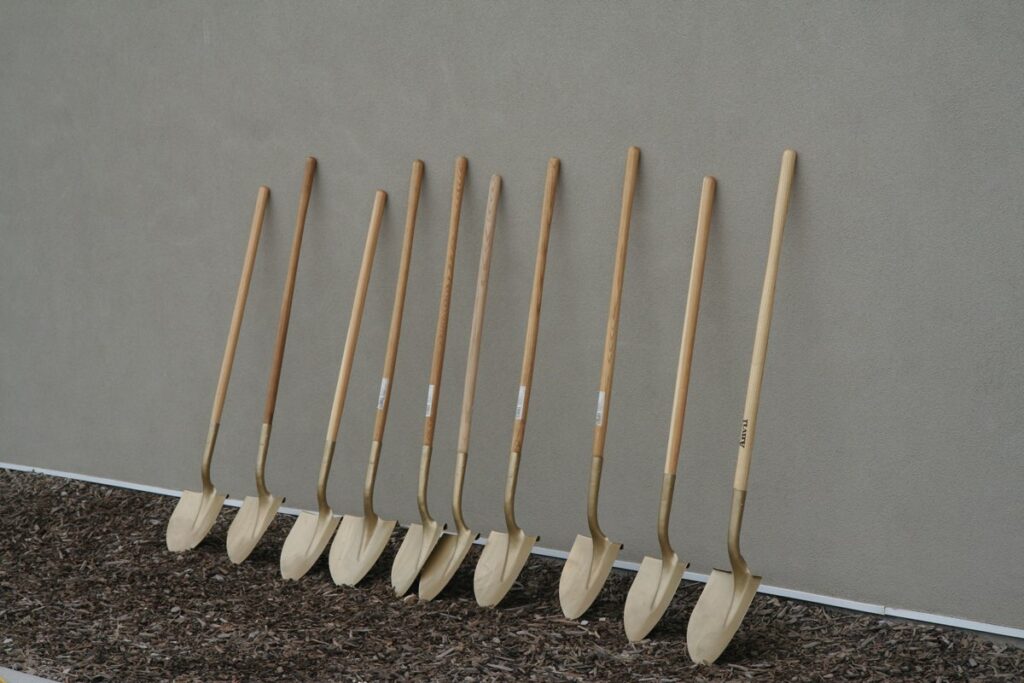
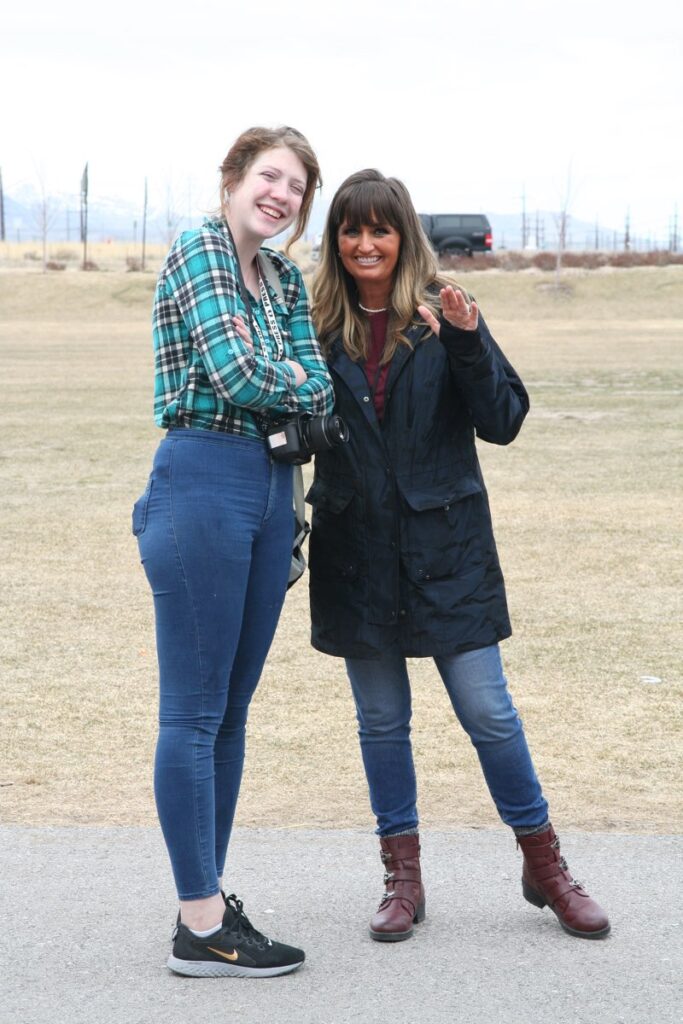
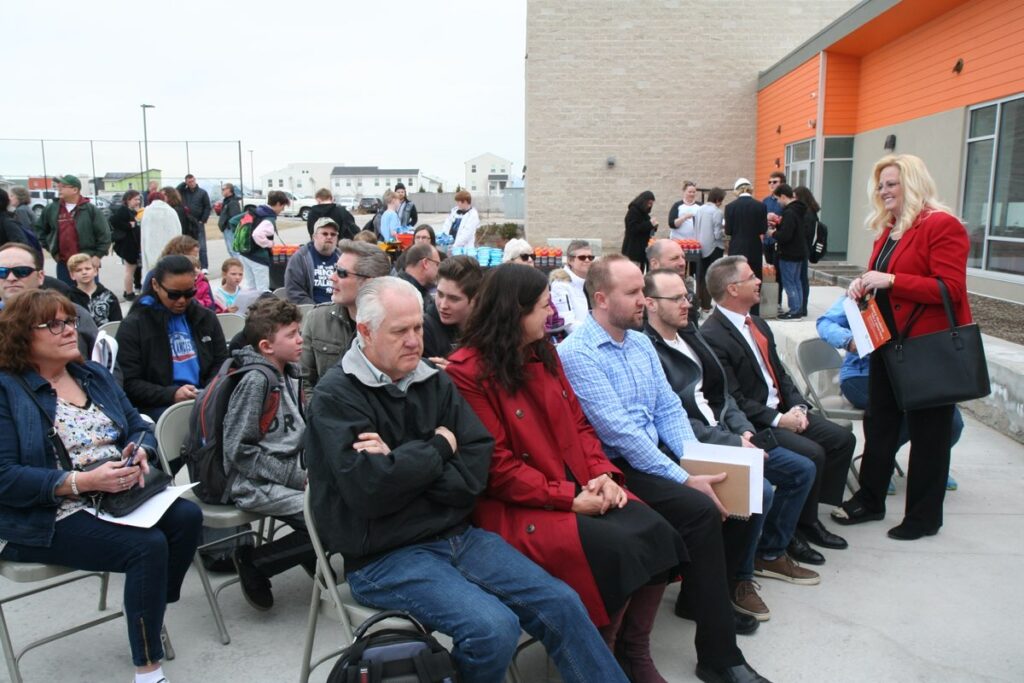
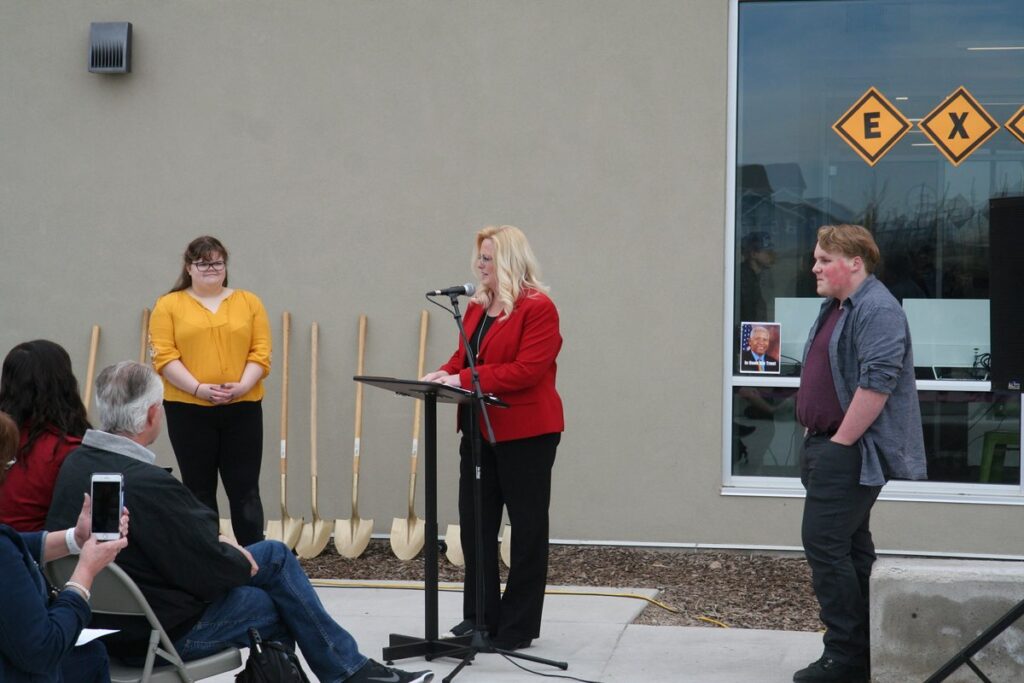
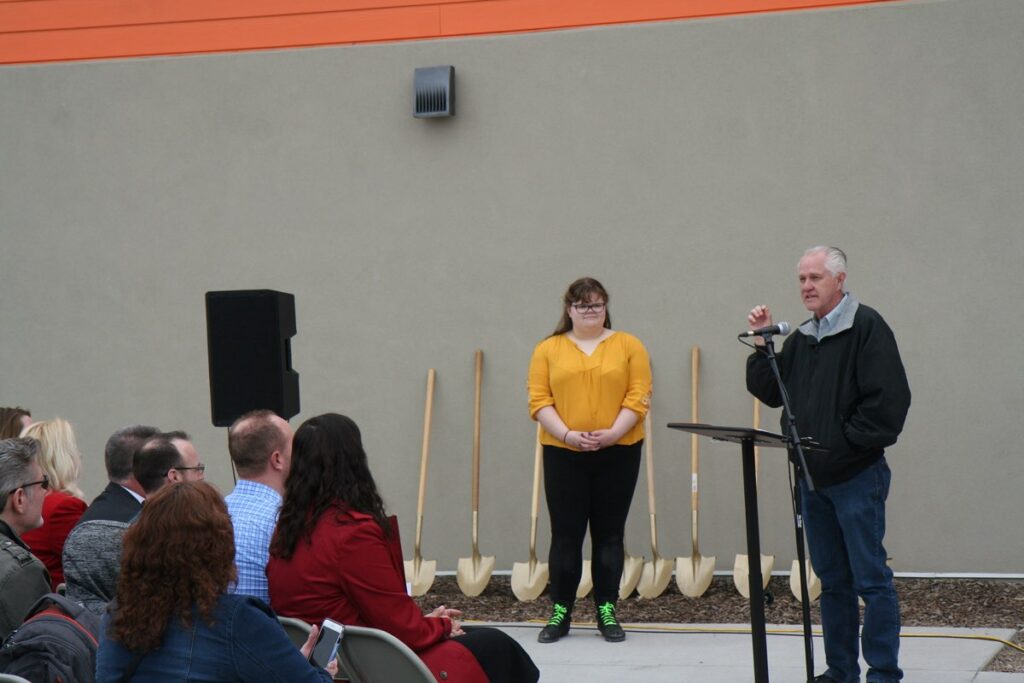
1 Comment
This was an incredible opportunity provided to the students. For Bryson it was the top highlight of his high school years. Thank you to Mr. Warren and the AAI staff for entrusting such an invaluable experience to the students.